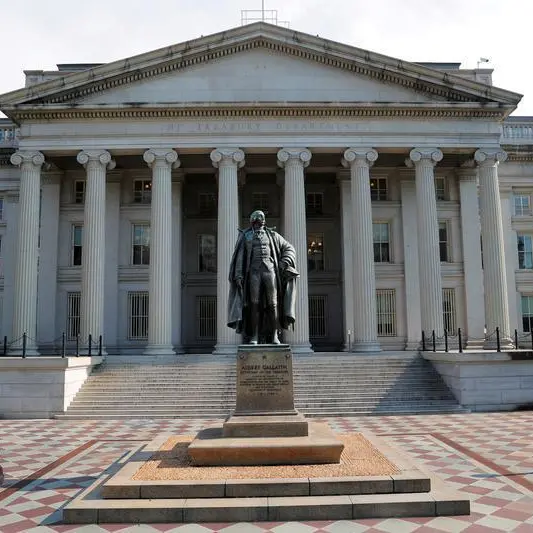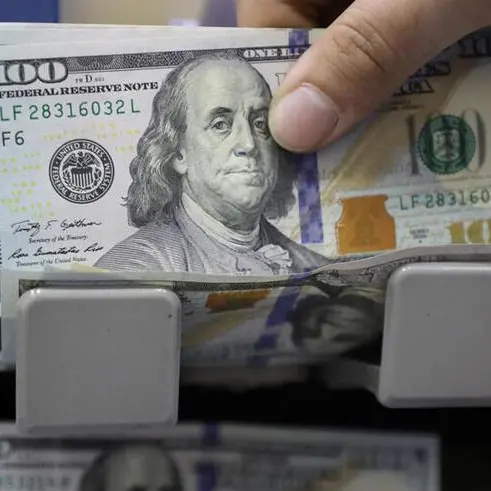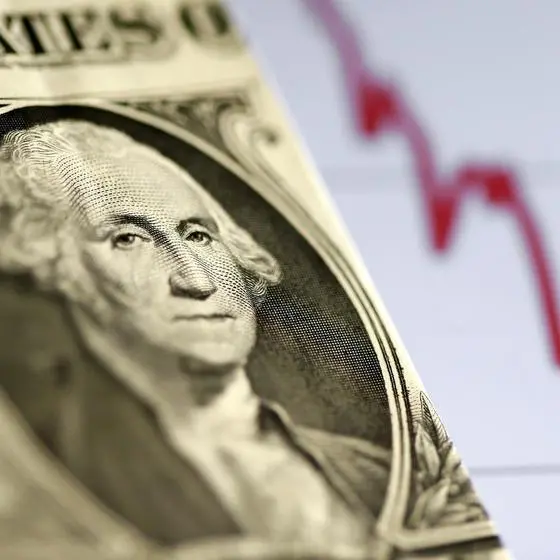PHOTO
(The opinions expressed here are those of the author, a columnist for Reuters.)
ORLANDO, Florida - The U.S. Treasury may need to keep things short for the sake of the long end.
Treasury's staid debt management operations are rarely driven by market timing, but the re-surfacing of a long-absent "term premium" may be an exception that paves the way for more short-term bill sales next year than it had originally planned.
The Quarterly Refunding program and projections to be announced on Nov. 1 come as mounting deficits and a heavier interest rate burden have substantially increased Treasury's funding needs.
The big question is where on the maturity curve Treasury places the extra borrowing to calm what has become a restive bond market.
Treasury, whose goal is a "regular and predictable" debt issuance framework at the lowest cost to the taxpayer over time, is set to substantially increase so-called coupon issuance of maturities beyond 12-month tenors in fiscal year 2024 to rebalance this year's $1.6 trillion surge in bill sales.
Treasury's need to manage liquidity, the Federal Reserve's quantitative tightening program and broader government funding needs will see an increase in net bond supply across the curve.
But the pendulum may not swing back as far as expected.
Long-dated bonds have been crushed since the last refunding announcement in August, sending borrowing rates spiraling to their highest since 2006-07.
Not only is it much more costly to raise long-term debt than was projected only three months ago, debt sustainability concerns have re-emerged at the margin.
And that is reflected in the return of the "term premium," the amorphous amount of compensation investors demand for buying long-dated bonds instead of rolling over bills. It is a premium for unknowable and unquantifiable risks in the future, beyond current assumptions on the long-term path of inflation or policy rates.
A San Francisco Fed model estimates that the term premium on the 10-year Treasury bond has risen around 100 basis points since July. A New York Fed model estimates it has risen around 125 basis points, and is now the highest in eight years.
This has helped steepen the yield curve by around 85 basis points over the same period.
Analysts at Morgan Stanley reckon the term premium and debt sustainability worries could prompt a rethink of the bill-coupon supply balance.
"Historically, the Treasury is not known be reactive to market conditions or yield levels. However, the recent rise in yields and term premiums has been sharp," they wrote on Tuesday.
"We expect more T-bills in the coming quarters vs. what we had expected earlier."
5% YIELD = ROBUST DEMAND
They estimate an additional net bill supply of around $750 billion in calendar year 2024. Their counterparts at Bank of America and TD Securities are penciling in $732 billion and $677 billion in fiscal year 2024, respectively.
Bill supply around these levels would be well down on net issuance of just over $1.6 trillion in fiscal year 2023. But it is still substantial and will keep the share of bills in the total stock of marketable debt above the Treasury Borrowing Advisory Committee's recommended 15-20% range.
This ratio is currently hovering around 20.5% and could rise further above 22% next year and stay there for some time, analysts estimate. But this is hardly a red line - it exceeded 30% in the Great Financial Crisis and slumped to 10% in 2016.
The share of bills in Treasury's total marketable debt outstanding isn't expected to come back below the 20% for several years yet, although analysts don't expect the weighted average maturity of Treasury debt next year to move much from the current level around 70 months.
"Bills as a % of outstanding (debt) will continue to grow due to higher deficits, unless coupon auction sizes continue to increase beyond our forecasts," BofA's rates strategy team wrote on Tuesday.
In an ideal world, Treasury would not choose to rely on such short-term funding needs. It is risky, and open to sudden shocks like interest rate swings or buyers' strikes.
But right now it could take some of the heat off the long end of the curve and give Treasury some breathing space before going back out the curve later next year when, ideally, yields are lower and the Fed is cutting interest rates.
This strategy will have a greater chance of success if bill supply can be absorbed - all else equal, higher-than-expected bill issuance would push bill rates up.
But there are plenty buyers.
Cash-rich money market funds, with around $6 trillion of assets under management, currently hold around 27% of all T-bills outstanding, up from around 15% earlier this year.
That increase is a result of funds switching to bills from the Fed's reverse repo facility, which has been halved to around $1 trillion since June. There is plenty of scope to increase their share too - post-COVID it was as high as 45%.
Even though bill supply will remain high in the coming years, yields well above 5% will attract buyers.
"We expect demand to remain robust given their attractive yield and our expectation that the Fed is likely finished with rate hikes," TD Securities wrote on Monday.
(The opinions expressed here are those of the author, a columnist for Reuters.)
(By Jamie McGeever Editing by Marguerita Choy)












